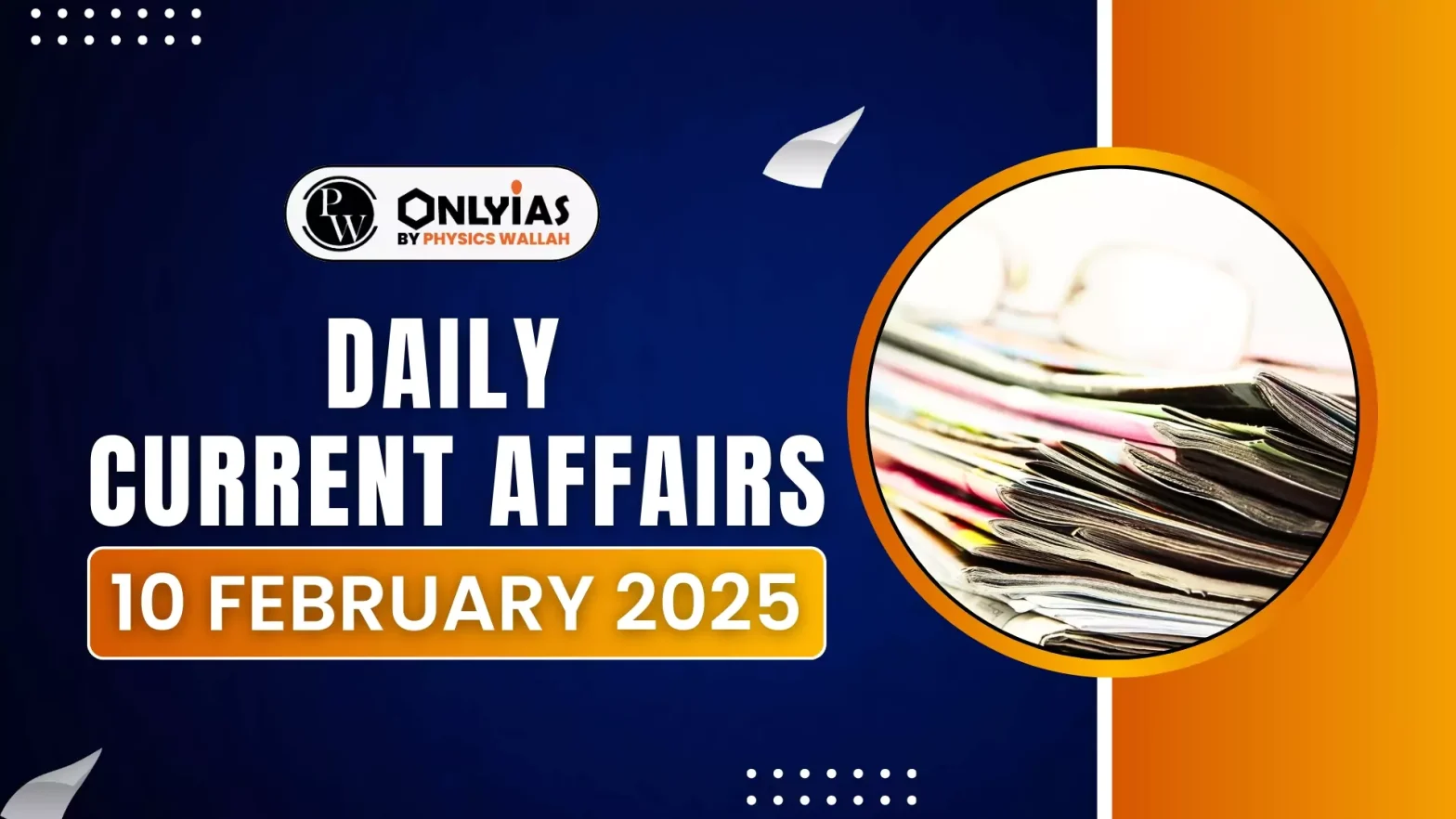A night school established in Bhairwai village, Ajmer (Kishangarh tehsil) has been providing education and empowerment to Kalbeliya women for the past year.
About Kalbeliya Dance

- Kalbeliya dance, also known as Sapera dance, is an integral part of Kalbeliya tribal culture and symbolizes their nomadic heritage.
- Cultural Significance: It is deeply linked to their traditional role as snake charmers and is inspired by serpent movements.
- Recognition: In 2010, UNESCO inscribed Kalbeliya dance on its Representative List of the Intangible Cultural Heritage of Humanity.
- The dance is globally recognized as a unique art form of Rajasthan and a symbol of India’s rich folk traditions.
- Features and Performance: Both men and women participate in Kalbeliya dance performances.
- Women wear flowing black skirts and perform graceful twirls and serpent-like movements.
- Men provide musical accompaniment using traditional instruments like:
- Khanjari (percussion instrument)
- Poongi (woodwind instrument used for snake charming)
- Dancers adorn traditional tattoo designs, wear intricate jewellery, and dress in richly embroidered garments decorated with mirror work and silver thread.
Check Out UPSC NCERT Textbooks From PW Store
About the Kalbeliya Community
- Introduction: The Kalbeliya are a nomadic tribe from Rajasthan, historically known for their expertise in snake charming, folk songs, and dance performances.
- Groups: They are divided into two main groups; Daliwal and Mewara.
- The community is also referred to by other names such as; Sapera, Jogira, Gattiwala, and Poogiwara.
- Religious and Burial Practices: Although the Kalbeliyas follow Hinduism, they do not cremate their dead. Instead, they bury the deceased and place an idol of Lord Shiva’s Nandi bull on the grave as a mark of respect.
- Historical Significance: The 12th and 13th centuries were considered the golden era for the Kalbeliyas
- Their decline began after Prithviraj Chauhan’s defeat by Muhammad Ghori, which led to their reduced prominence.
- Traditional Occupation: The Kalbeliya were traditionally snake charmers and earned their livelihood by performing with snakes at public gatherings and trading in snake venoms.
- Their profession was severely affected by the Wildlife Protection Act of 1972, which prohibited snake handling, forcing them to seek alternative livelihoods.
- Current livelihood: Many members of the community have since shifted to occupations such as folk dance performances, handicrafts, and small businesses.
Ready to boost your UPSC 2025 preparation? Join PW’s UPSC online courses today!
![]() 10 Feb 2025
10 Feb 2025


